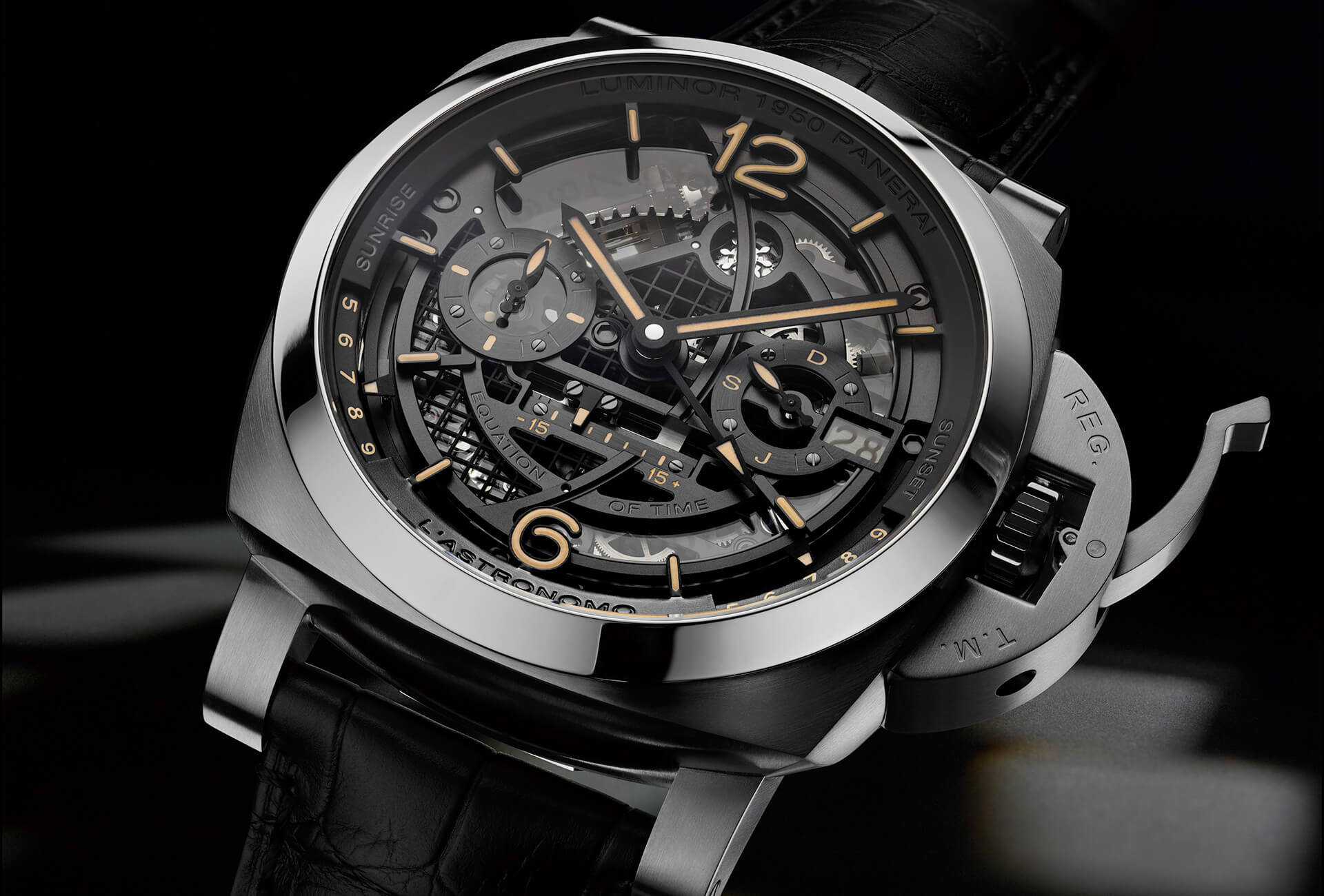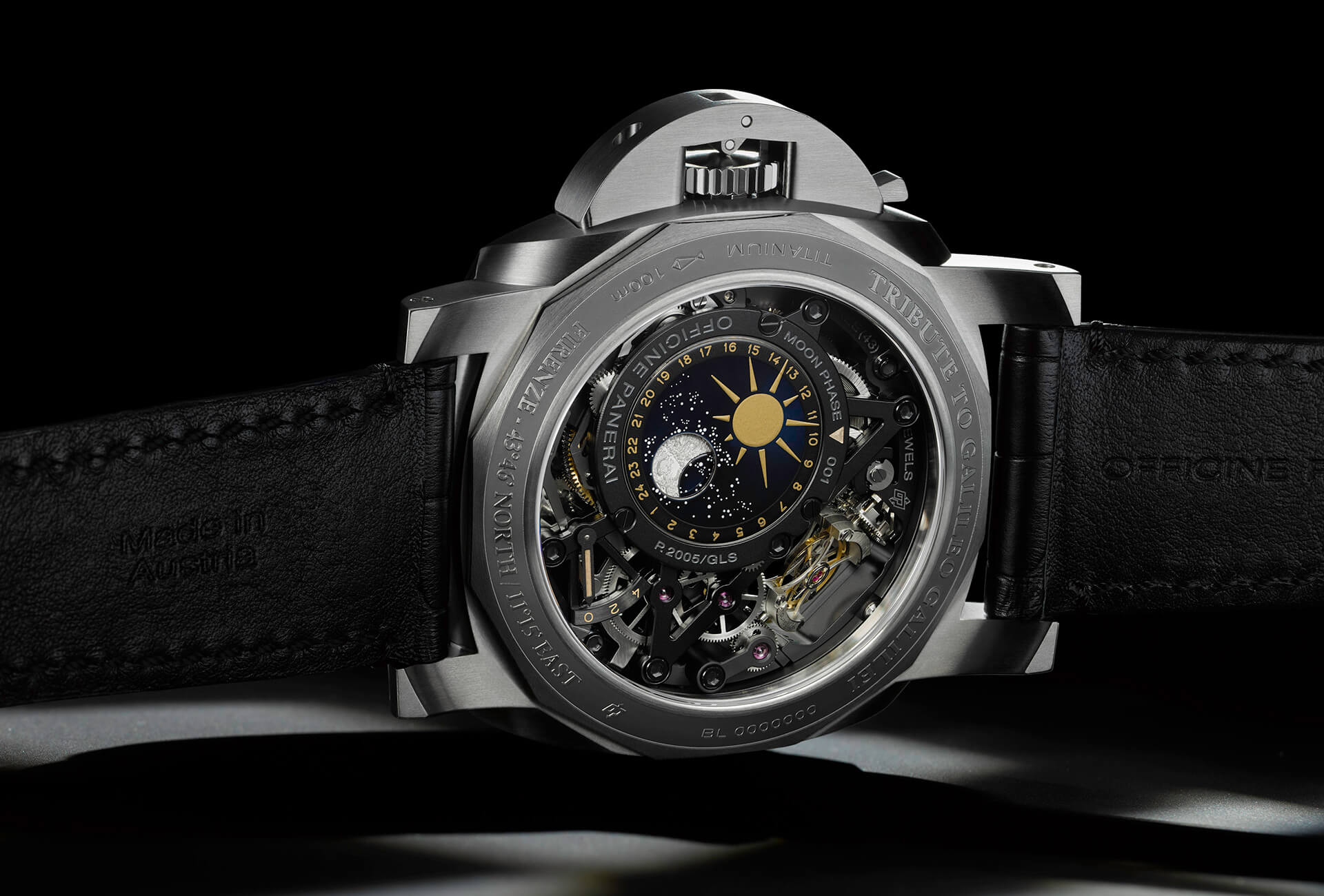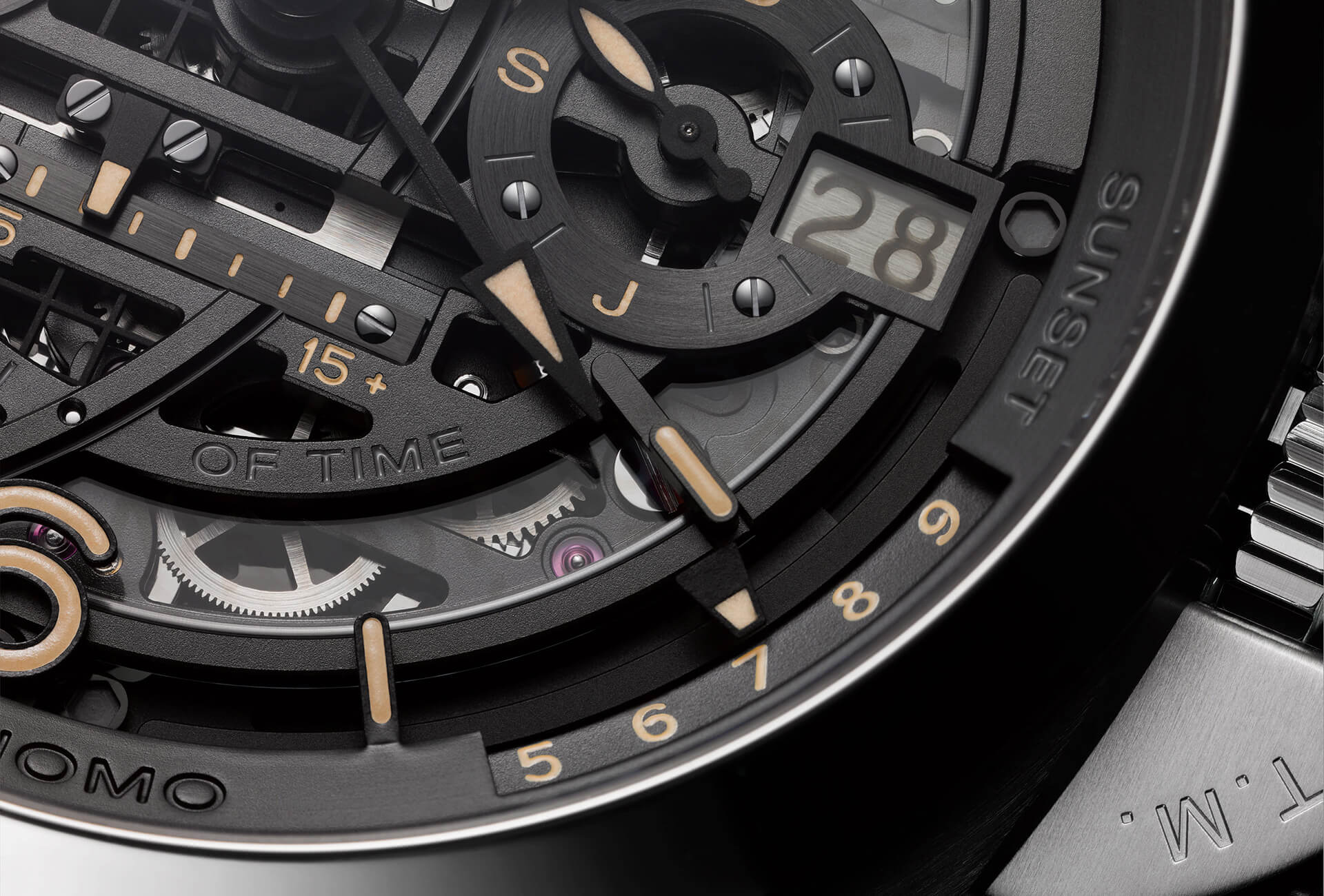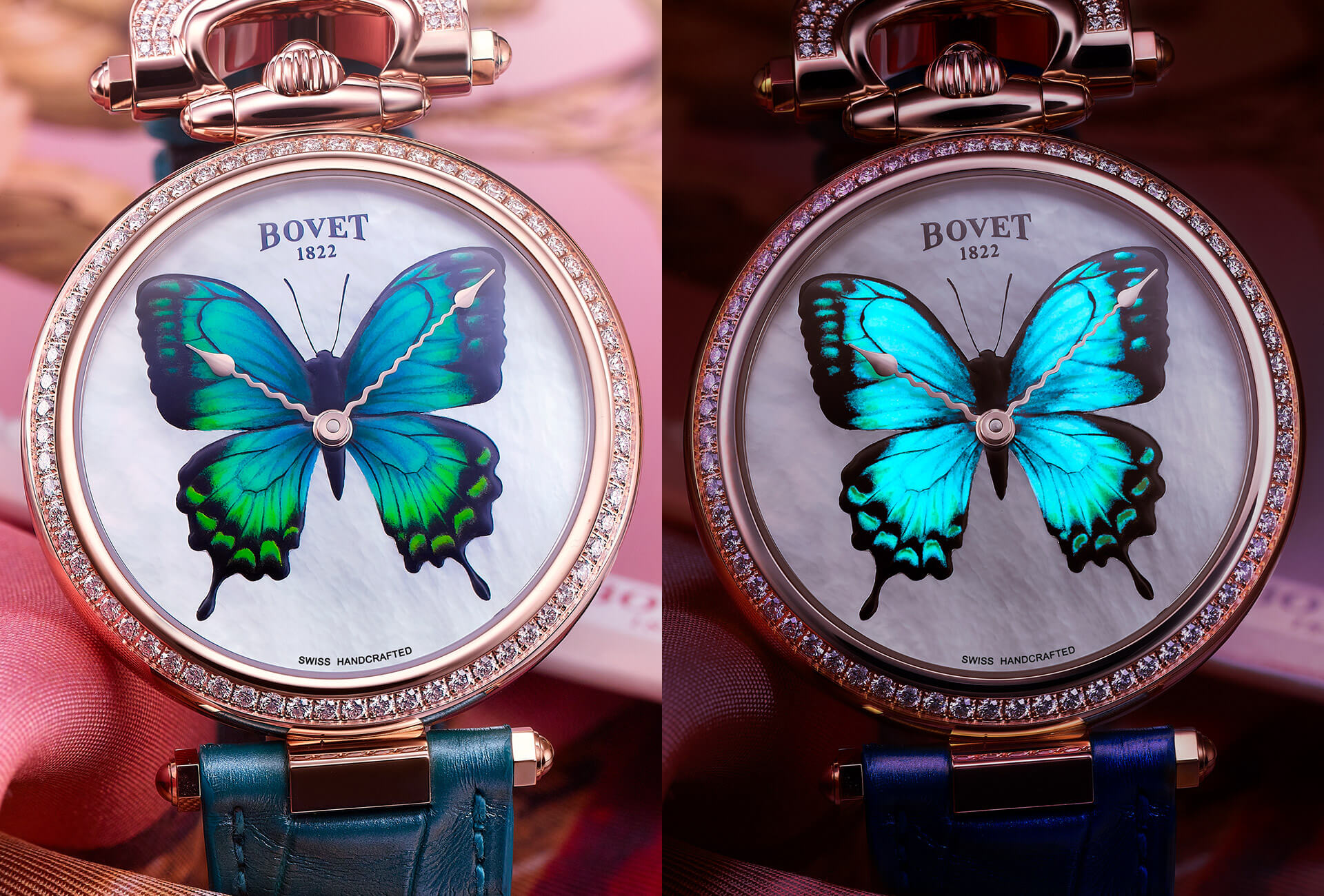At SIHH 2018, Panerai unveiled an ingenious date display using polarized glass on the Astronomo – Luminor 1950 Tourbillon Moon Phases Equation of Time GMT. If the first thing that springs to mind are your sunglasses, or the groovier pair you wear to watch a 3D film, then you’re spot on. They all build on the same optical phenomenon. Light is a wave, composed of an electric and a magnetic field which travel “randomly” in a single direction. A polarizing filter tells them which direction to take. Glasses with a polarizing filter (not all specs have one) reduce glare from the sea or snow without blurring the wearer’s vision. Similarly, a polarizing filter on a camera produces sharper colours and contrasts in direct light.
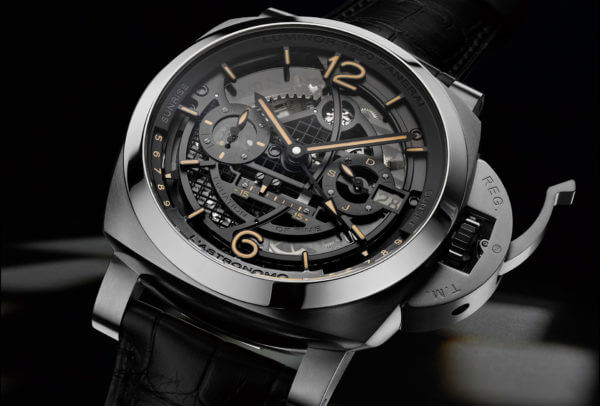
The question being, how can this optical phenomenon be used to make a date appear? Frédéric Dreyer-Gonzales, Director of Research and Development at Panerai, reveals (almost) all of this high-tech mystery.
Date displays are a popular function and we wanted to add one to the Panerai tourbillon. First of all we experimented with a skeletonised date disc, but it hid the tourbillon. This gave us the idea for a transparent or semi-transparent disc, and that led us to polarisation. It’s the exact same optical effect you find on glasses lenses or camera filters.
With two polarizers. The first is the date disc, which carries the numbers for the date, and the second is on the date window. They are polarized at an angle of 90°, horizontally for the disc and vertically for the window. Whenever they align, light is polarized and this causes the date to appear. Another technical solution improves visibility and contrast. There are actually three levels, not just two: the window, the disc beneath it, both of which are polarized, and underneath them a tiny light reflector, which is a piece of polished metal. When light enters, it passes through the two polarizers and is reflected back the other way.
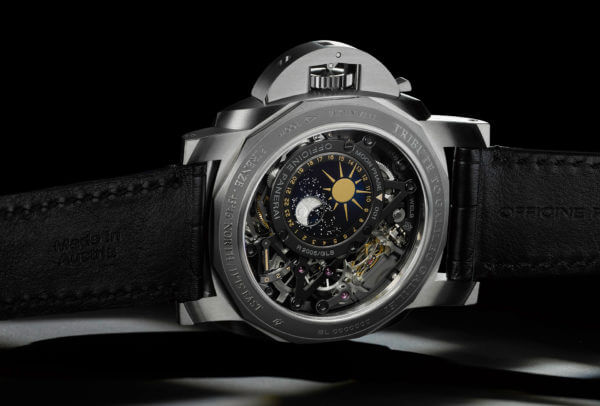
Glass with a high silica content, more than 80% silicon dioxide in fact, that’s extremely resistant to thermal and mechanical shocks. The movement and the watch both passed a whole battery of shock tests up to 5,000G, which is equivalent to being dropped from a height of one metre onto hardwood. We observed no cracking or damage to the disc or the window, hence we guarantee that the system is shock-resistant.
The glass is micro-engraved by laser with a 90° angle between the date disc and the window. It’s then treated using other technologies that are confidential.
In terms of light reflection, the ideal situation is when light falls directly onto the dial, i.e. incident light. The least suitable conditions are when light hits the dial vertically from the side, but that would be a pretty unusual position for a watch. Either way, light is reflected in all directions so you always see something.
The technology was developed by Panerai and all the components for the system are made in Switzerland.
The technology was developed by Panerai and all the components for the system are made in Switzerland. The patent covers the mechanism itself, the technologies as well as the indications, whether time indications or other information. Of course we’re looking into applications other than the date for future Panerai watches.









